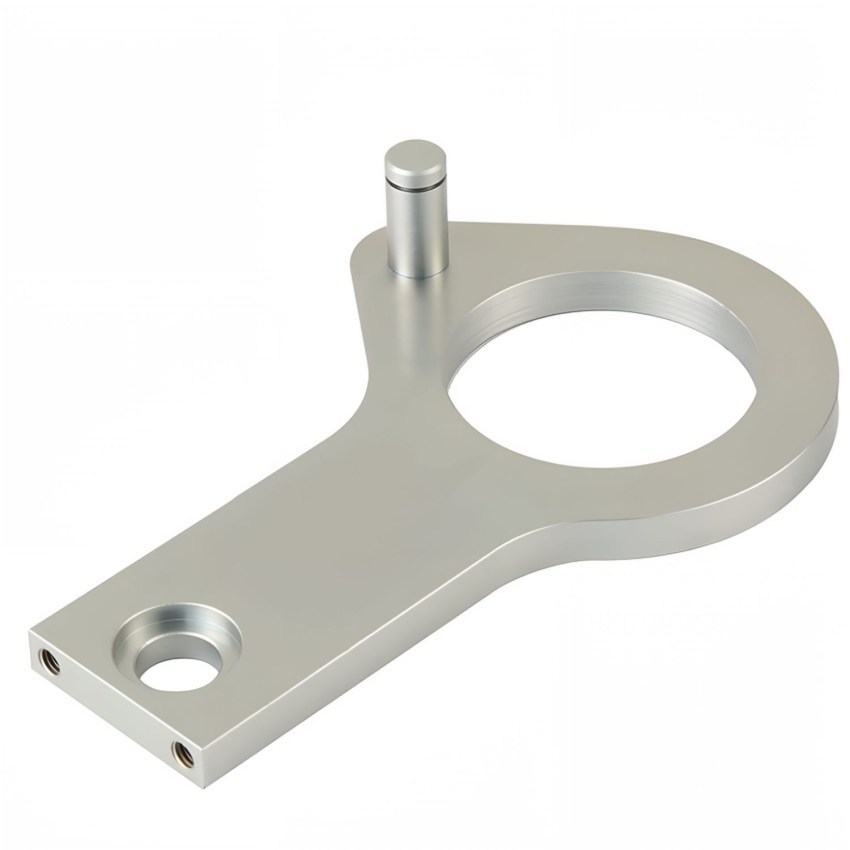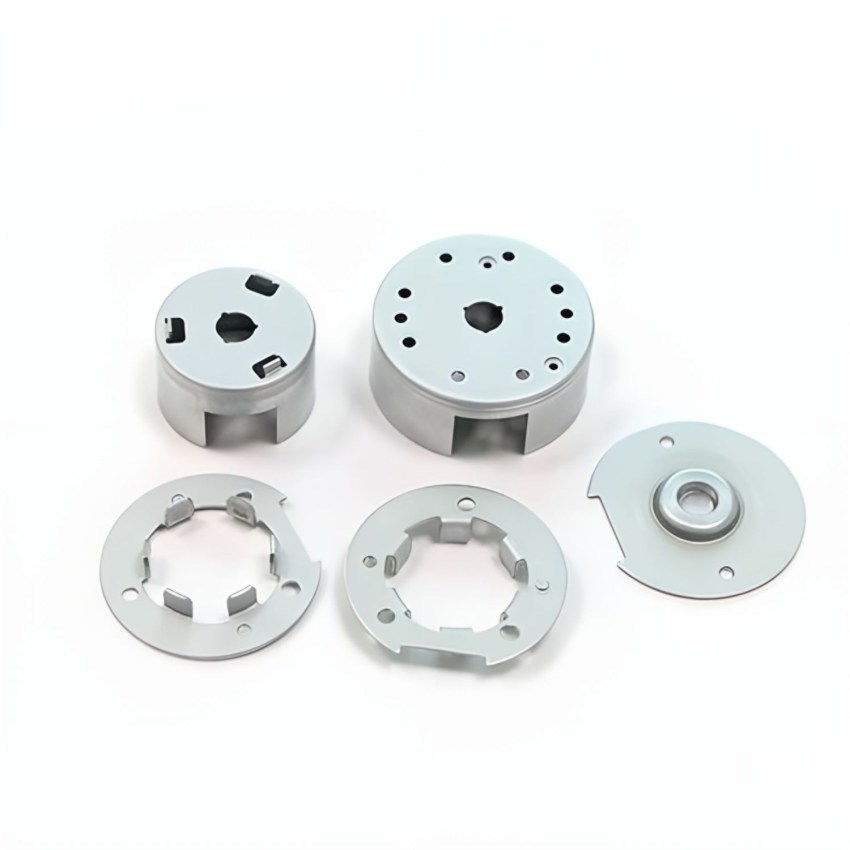Unlocking Precision: The Advantages of Multi-Axis CNC Machining in Manufacturing
Release time:
2025-02-04
Multi-axis CNC machining is a cutting-edge technology that plays a crucial role in modern manufacturing, especially in the realm of precision metalworking and component fabrication. Unlike traditional CNC machining, which typically operates on three axes (X, Y, and Z), multi-axis systems extend this capability to include additional rotational axes, allowing for the simultaneous movement of the wor

Multi-axis CNC machining is a cutting-edge technology that plays a crucial role in modern manufacturing, especially in the realm of precision metalworking and component fabrication. Unlike traditional CNC machining, which typically operates on three axes (X, Y, and Z), multi-axis systems extend this capability to include additional rotational axes, allowing for the simultaneous movement of the workpiece and the cutting tool. This feature significantly enhances the ability to create intricate geometries and complex shapes that would be challenging or impossible with conventional methods.
One of the primary benefits of multi-axis CNC machining is its ability to improve precision and accuracy. The advanced movement capabilities allow for better control of the cutting tool's path, resulting in less waste material and a higher quality finish on the final product. This precision is crucial in industries where tolerances are tight, and the performance of the parts can directly affect the functionality of the final assembly.
Additionally, multi-axis machining reduces the need for multiple setups. In traditional machining processes, a part might require several setups to achieve the desired shape, increasing production time and the risk of errors. With multi-axis CNC machining, a single setup can often accomplish what would have previously taken multiple operations. This streamlining of the manufacturing process not only saves time but also enhances productivity and efficiency.
Another significant advantage is the increased flexibility in design. Multi-axis CNC machines can accommodate a wide range of materials and complex configurations. This versatility allows manufacturers to take on projects that require unique shapes or intricate designs that demand advanced machining techniques. As a result, businesses can expand their service offerings to include more sophisticated products that meet the needs of their customers.
Furthermore, multi-axis CNC machining can also lead to cost savings in the long run. While the initial investment in advanced machinery may be higher, the ability to produce high-quality parts with less waste and reduced labor costs can lead to significant savings over time. Companies can also benefit from improved lead times, enabling them to respond more quickly to market demands.
In conclusion, multi-axis CNC machining represents a transformative approach in the field of manufacturing and metalworking. Its ability to enhance precision, reduce setup times, offer design flexibility, and ultimately drive cost efficiency makes it an invaluable asset for any manufacturing operation. As industries continue to evolve, embracing this technology will be essential for staying competitive and meeting the ever-growing demands for complex and high-quality parts.
One of the primary benefits of multi-axis CNC machining is its ability to improve precision and accuracy. The advanced movement capabilities allow for better control of the cutting tool's path, resulting in less waste material and a higher quality finish on the final product. This precision is crucial in industries where tolerances are tight, and the performance of the parts can directly affect the functionality of the final assembly.
Additionally, multi-axis machining reduces the need for multiple setups. In traditional machining processes, a part might require several setups to achieve the desired shape, increasing production time and the risk of errors. With multi-axis CNC machining, a single setup can often accomplish what would have previously taken multiple operations. This streamlining of the manufacturing process not only saves time but also enhances productivity and efficiency.
Another significant advantage is the increased flexibility in design. Multi-axis CNC machines can accommodate a wide range of materials and complex configurations. This versatility allows manufacturers to take on projects that require unique shapes or intricate designs that demand advanced machining techniques. As a result, businesses can expand their service offerings to include more sophisticated products that meet the needs of their customers.
Furthermore, multi-axis CNC machining can also lead to cost savings in the long run. While the initial investment in advanced machinery may be higher, the ability to produce high-quality parts with less waste and reduced labor costs can lead to significant savings over time. Companies can also benefit from improved lead times, enabling them to respond more quickly to market demands.
In conclusion, multi-axis CNC machining represents a transformative approach in the field of manufacturing and metalworking. Its ability to enhance precision, reduce setup times, offer design flexibility, and ultimately drive cost efficiency makes it an invaluable asset for any manufacturing operation. As industries continue to evolve, embracing this technology will be essential for staying competitive and meeting the ever-growing demands for complex and high-quality parts.
Key words:




